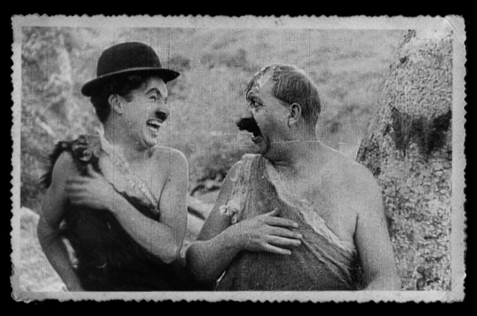…Darwin had been struck during the voyage by a number of facts which seemed at odds with the special creation of each species. The organic life he studied so intensively and collected so assiduously seemed littered with clues, odd similarities, juxtapositions, and discontinuities, all surely significant, all part of some larger pattern if only one could discern it. Why did closely allied animals replace one another as one traveled southward? Why did extinct fossil species show such a close structural relation to exiting animals?
Above all, why, in the Gallapagos Islands, did the birds and the famous Galapagos tortoises show slight variations from island to island so that the local inhabitants could always tell from which island a tortoise had come? None of these things seemed to fit in with the special-creation theory. They began to tell an intelligible story once one doubted the fixity of species.

—By the beginning of the twentieth century many social progressives were eugenicists, and the intellectual founders of the new social and psychological sciences were thoroughgoing hereditarians and Darwinists. For example William James, often called America’s first psychologist, and G. Stanley Hall, the founder of the American Psychological Association, along with many others viewed psychological science as a branch of natural science. Psychology’s main concerns included study of two central aspects of Darwinian evolution, first the study of heritable individual differences and second, a study of natural selection which resulted in human instincts and inherited behavioral predispositions.—Read More:http://www.ihr.org/jhr/v21/v21n2p20_whitney.html image:http://www.moviegoods.com/movie_poster/prehistoric_women_1967.htm
Ten months after his return to England, Darwin in 1837 opened his first notebook on “The Transmutation of Species”- the forge in which man’s whole conception of the natural world was beaten into a new and enduring shape. The cause of change, Darwin was sure, must lie in reproduction, in heritable variations rather than in spontaneous changes in the living organism itself. By the end of 1838 the key was in his hand: natural selection of favorable variations in offspring. Because of these variations, and changes in the environment, nature was unstable, varible, not static, “those forms slightly favored getting the upper hand and forming species.”

—Their error stems from the commonplace belief that evolution has been scientifically proven and therefore cannot be questioned. This is simply not the case. While Darwin’s theories were quickly embraced as handy (and sometimes sinister) metaphors by some artists, writers and philosophers – not to mention a famous dictator or two — they haven’t withstood more rigorous examination.
At bottom, we’re stuck with a handful of fossils, lots of speculation– and plenty of unanswered questions.
The human mind recoils at the prospect of having to say, “I don’t understand.” Any theory is better than none. As far as many moderns are concerned, even a half-baked theory is better than the alternative: religious faith.—Read More:http://bluepanjeet.net/2009/09/21/5651/failure-charles-darwin-movie-creation-controversy-wisdom-jewish-rabbi/ image:http://www.chaplin.pl/films/hisprehistoricpast/pgallery.html
Later, in the Origin, he was to describe in detail the “war between insect and insect- between insects, snails, and other animals with birds and beasts of prey- all striving to increase, all feeding on each other, or on the trees, their seeds and seedlings, or on the other plants which first clothed the ground and thus checked the growth of the trees!” ( to be continued)…





 COMMENTS
COMMENTS